You may not know this yet: three-quarters of the Vietnam area is filled with mountains, even though we have a pretty long coastline from North to South. Therefore, visiting a mountainous destination should be on the top list of travelers to Vietnam. Sapa is one of the popular attractions regarding the lush towering mountains that you need to explore at least once in your life. For those who are still wondering about the best time to visit Sapa, please read our blog below for more details.
1. Things to Note about Sapa’s Weather
When it comes to Sapa, the weather changes and swirls in 4 typical seasons in perfect sync with the scenery.
The summer months, from June to August, are warm, with an average temperature of 20°C. The fall months, from September to November, are cool, with beautiful golden leaves.
From December to February, the winters are cold, with temperatures ranging from 0°C to 10°C and snow falling on occasion, making for a beautiful winter wonderland. From March to May, spring brings a lot of rain, which helps make the town's greenery so lush.
Before finding out the best time to go to Sapa, here are the highlights of each season.

1.1 Sapa in Spring (March - May)
While Sapa is often referred to as the "Hazy City," the arrival of spring ushers in a season of stunning beauty. Sweet beams of sunshine, softly enveloping the region of Sapa, are neither as scorching as the summer sun nor as elegant as the autumn sun.
Visiting this area at this time of year, you will notice that the air is still quite chilly as if the last winter hadn't gone. However, its breathtaking splendor in spring astounds you. The trees budded, the flowers bloomed, the birds sang joyfully, the air was warm and fresh, and everything in nature seemed in perfect balance and harmony.
Springs is also when Sapa's main celebrations take place, such as the "Hat trao duyen" festival in Ta Phin commune, the "Gau Tao" festival in San Sa Ho commune, the "Cap Sac" festival in Ban Khoang commune, and the "Down the field" festival in Ta Van commune - those are must-try if you are a culture lover. Boys and girls alike in their village garb and celebrate the arrival of spring with songs and dances performed for miles down the highway.
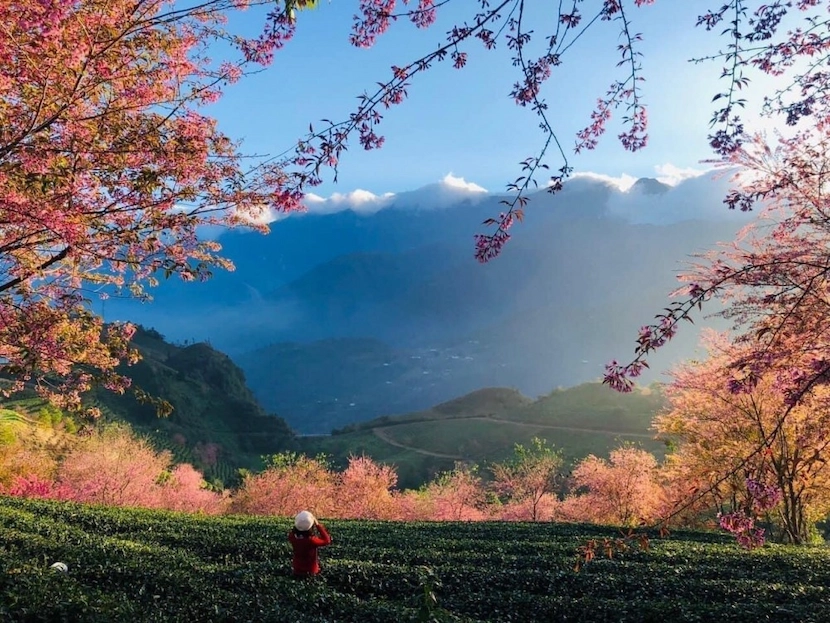
Beautiful plum and peach flowers may be seen at this time of year. Plum and peach blossoms bloom in an immerse hill, adding a touch of rustic beauty to the green landscape, and their delicate beauty has the power to attract a huge number of visitors every year.
What to do in Sapa in spring:
- visit the peach/plum blossom garden and take pictures
- join local festivals and activities
- visit the local market
1.2 Sa Pa in Summer (June - August)
Sa Pa in spring can be a bad idea if you hate the crowds because this is the time for domestic tourists going there to enjoy the Tet holiday. However, the summer would be more pleasant in this case.
The temperature won't be too chilly, around 17 and 19 degrees Celsius then. The day continues to be bright and sunny, with mild temperatures. And when spring turns to summer, the vibrant pink of cherry and plum blossoms gives way to the cool green of new grains and green vegetables.
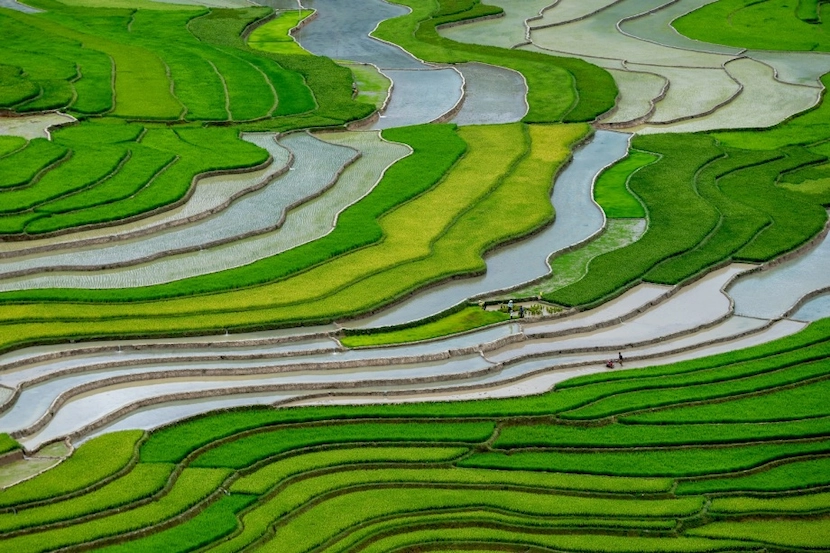
The residents of Sapa seed their fields in the summer, often known as the pouring season (May – June). In the middle of May, ethnic people can be seen hustling all over the terraced rice fields in the highlands of Lao Cai, all along the route going to Sapa town. As the rainy season begins, the fields will seem like glistening mirrors against the sky. This will be a stunning sight to behold.
The green of rice and the glittering water of hundreds of terraces reaching eternally, from the peak to the foot of the mountain, make the Sapa terraced fields particularly beautiful during the rainy season. The farms twist up the mountains like dirt roads when viewed from a distance. Then, on the other side, are the Mong, who live in homes covered in exquisite tiny palm fronds. Sapa is almost lovely at sunset during the rainy season.
What to do in Sapa in Summer:
- rent a motorbike and see the surrounding mountain
- do a trekking tour to Sapa's hill and tribal town: Ta Van, Ta Phin, Lao Chai…
- do a cloud hunting session, stay overnight on a hilltop homestay/resort…
1.3 Sapa in Autumn (September - November)
Sapa has some of the most breathtaking landscapes, making it a popular tourist destination. Visitors to Sapa will get a full dose of the town's enchantment every time the seasons change and the town dons new colorful and lyrical clothing. Whether the sun is shining or the clouds are covering Fansipan in the fall, the mountain's majesty and dreamlike splendor will leave tourists speechless. Behind the enormous terraced fields, humble dwellings protrude forth. Somewhere, smoky smoke wafts from a house on stilts. Breathe in deeply to experience the scent of rice, the lush green mountains, and the serenity of strolling by the fields.
In September, as the rain gradually decreases, hiking and other outdoor activities become more pleasant. Even though the summer's hottest days are behind us, it may still become rather warm throughout the day. The months of September and October also mark the beginning of harvest. Yellow rice blossoms, ready for harvest, cover the Muong Hoa Valley. The golden rice fields snake their way across the mountains like golden ribbons, creating a breathtaking panorama. This is why the fall is the favorite time to visit Sapa.
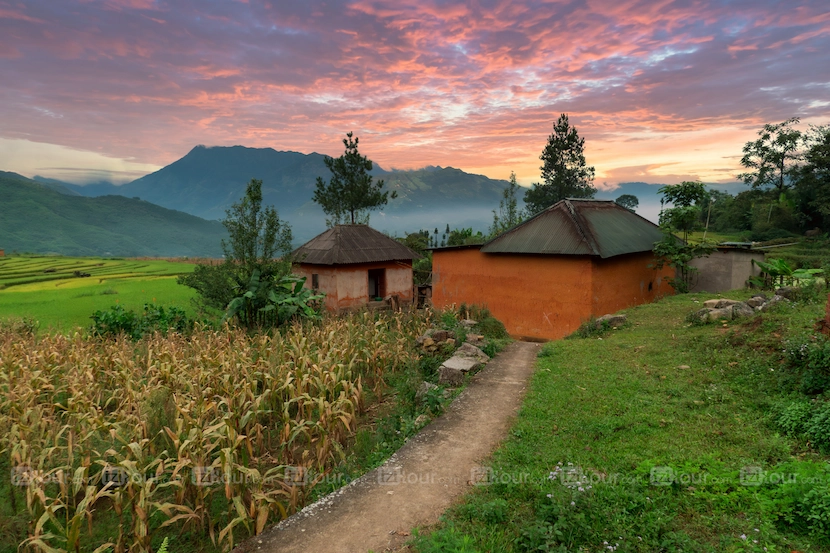
The weather progressively becomes milder during the day and cooler throughout the night in late October and early November. The weather is once again ideal for a hike. The roads are also more rideable and safer for motorcyclists.
What to do in Sapa in Autumn:
- Go trekking through the rice fields, local villages, and mountain
- Visit Silver waterfall
- Conquer Fansipan
1.4 Sapa in Winter (December - February)
In Vietnam, Sapa is renowned as an enchanted town shrouded in mist, especially during the chilly winter months. The silvery hue of the roofs, roads, and hills creates a beautiful and lyrical backdrop. Visiting Sapa in the winter, especially in December and January, you may experience temperatures of 0 degrees Celsius, giving a sense of European cold, which is quite unusual for a tropical country like Vietnam.
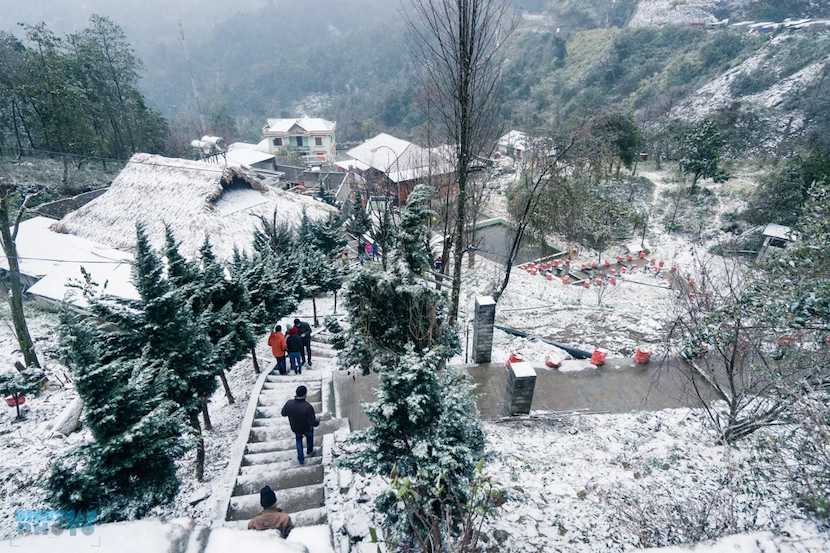
Sapa now experiences ice and snow throughout the winter months as a result of the low temperatures. Once assumed to be a phenomenon exclusive to Western countries, snowfall has recently been witnessed in Sapa, Vietnam even though it is quite rare. This could be thebest time to go to Sapa if you like the snow. You'll see a lot of Vietnamese visiting Sapa this season as they love to see this unpopular scene.
What to do in Sapa in winter:
- Sip a cup of hot coffee and watch the town covered in fog
- Eat Sapa winter delicacies: thang co (horse meat), trout hotpot, wild apple alcohol…
- Visit the local market in winter
2. Best Time To Visit Sapa
When is the best time to go to Sapa? The best times to go are from March to May or September to November. The weather is mild and nice during these months, and you can enjoy sightseeing and walking through the terraced rice fields without having to deal with a lot of people. Views from hotels are also the best when there is no fog.
For a winter dream experience, December through February is the time to go if you love it. The cold and misty weather makes the atmosphere even more magical.
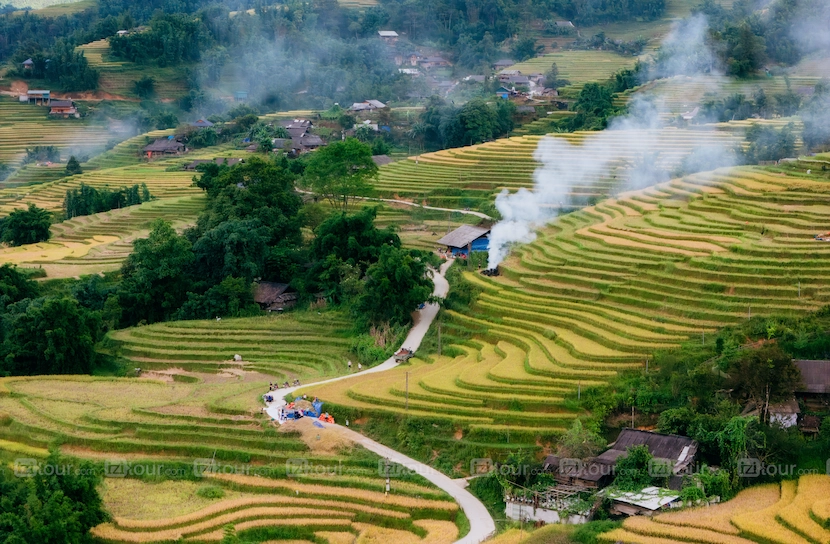
3. Tips to Travel in Sapa
Sapa can be tricky if you are not familiar with the mountainous area of Vietnam and are unaware of the local culture. Don’t worry, here are the tips for you to get a safe and fun Sapa trip:
- Bus and train are the only means of transportation to go to Sapa from Hanoi. Be prepared for a long trip lasting for about 6-7 hours.
- If you want affordable accommodation, you'd better stay near Sapa town, not the center. We recommend a local homestay; they have pretty views, clean rooms, and enough facilities.
- Don't give money to the children selling things as sometimes it can be a scam.
- If you are not accompanied by a private guide and car, rent a motorbike and explore the town. You can contact a local agency as they have a local driver service.
- Bring cash with you since you probably cannot find many ATMs here. The further you go from the center, the more basic the payment method will be.
- Bring a (few) pair of good shoes because you'll need to do a lot of trekking and climbing, as the main terrain in Sapa is hills and mountains.
- Pack a lot of warm clothes (with waterproof coated for spring rainy days), Sapa temperature is low compared to other parts of Vietnam.
- You are a solo traveler/first-timer? We recommend you rent a tour guide to show you around. It is much more interesting and time-efficient.
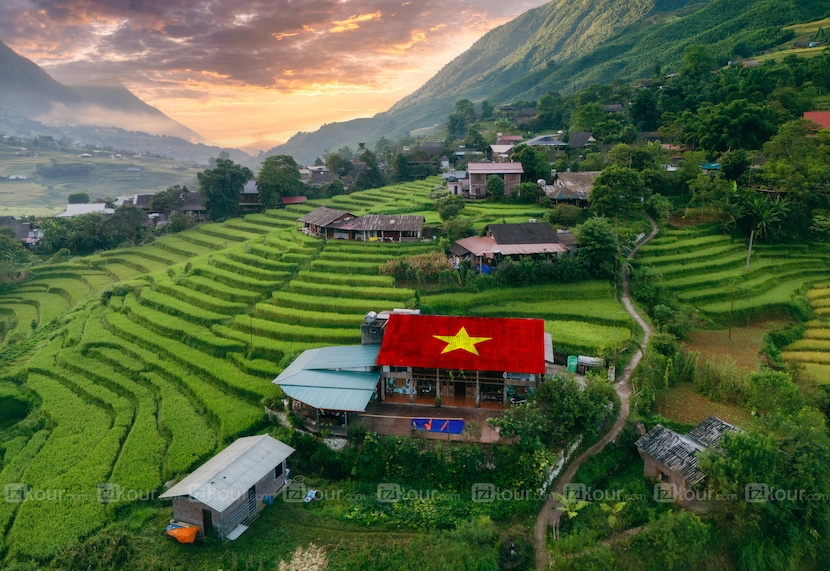
Hopefully, this information will be useful to you when planning the Sapa trip. If you are looking for a tour to Sapa with various types of experience, contact IZITOUR via email: [email protected] or Whatsapp: +84 382 536 266 for instant assistance.
See more about Sapa:








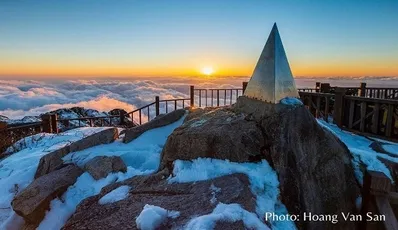
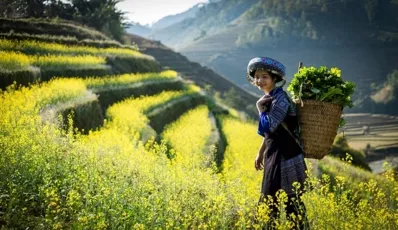
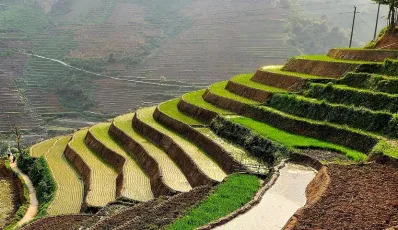
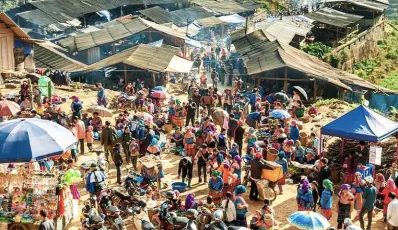
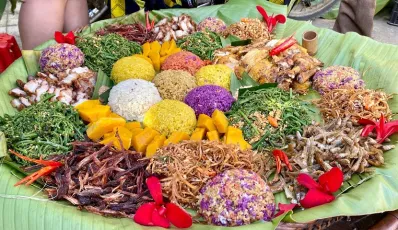
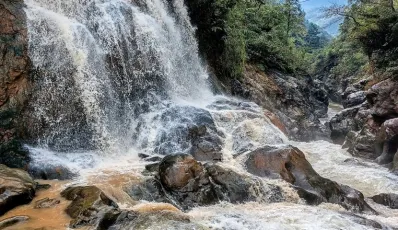
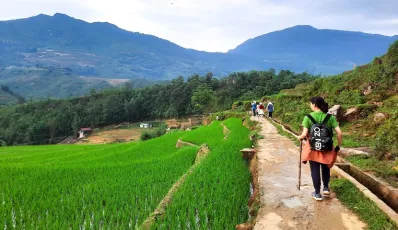
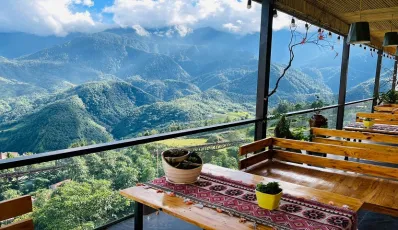
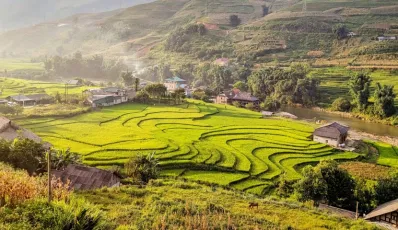




 TRAVELERS' CHOICE 2026
TRAVELERS' CHOICE 2026 



03 Comments
Vietnam
Canada
Je prévois d'aller à Sapa ce soir, mais je n'ai pas encore réservé d'excursion car tout me semble très touristique. Savez-vous où je peux aller par moi-même ou avec un guide touristique dans des endroits peu fréquentés ?
Vietnam
Write Reply